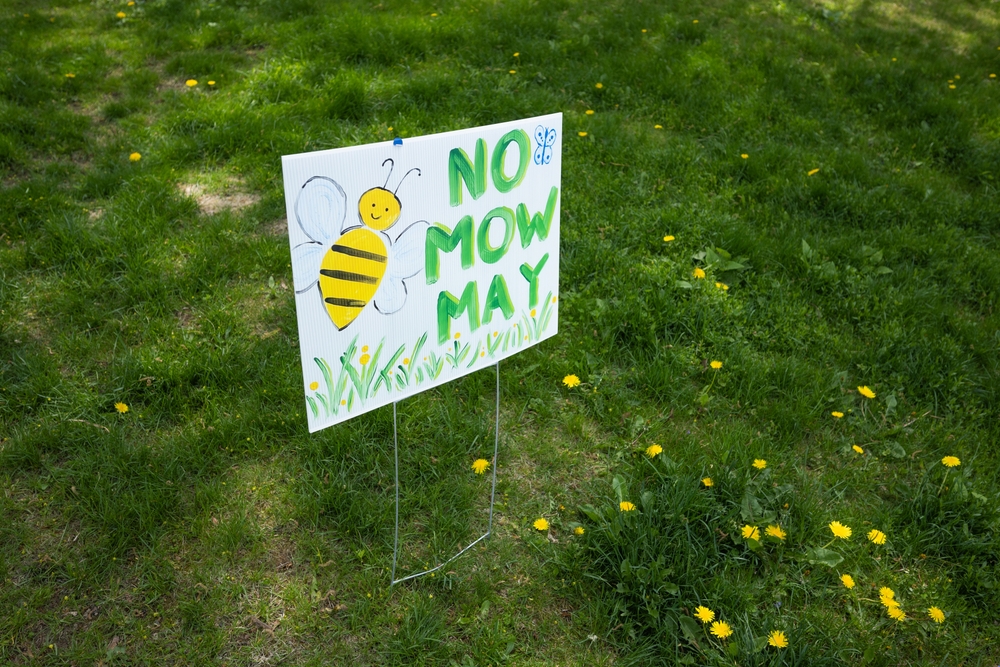Kathryn Fink, community “evangelist” for meetup.com, says most of the website’s users are people going through major life transitions, from moving to a new city to starting a family. “These are things that disrupt your support network, and suddenly you find yourself in need of connecting with people again,” Fink says. “It’s great to do that through something you’re passionate about instead of just trying to go to a bar or the grocery store, where you’re not really talking with people.”
“We believe in the power of strangers,” Fink says. “Whether you have an interest that your friends can’t share, or you discover a new one, there’s something affirming about meeting with strangers, feeling a connection you can’t find anywhere else.”
Meetup.com is gaining popularity quickly among Europeans. The number of E.U. groups practically doubled this year from 2,739 to 5,416. One Dutch meetup that attracted more than 4,000 members was MobileMonday (MoMo) Amsterdam, an offshoot of a global network that plans events for people interested in mobile phone innovation. What started as an effort to connect and inspire cell phone entrepreneurs transformed into an influential bimonthly TED-like forum, more about mobile technology’s impact on society than how to get your hands on the latest app.
In an era of pricey consulting seminars, MoMo Amsterdam was a breath of fresh air. It was free; everything was shared online; events were accompanied by dinners and pub crawls; and it attracted top-notch speakers, from foursquare co-founder Dennis Crowley to DNA researcher Andrew Hessel. With the help of the online marketing magazine Market Facts—which posted the group’s first event and video recaps—as well as a buzzing cacophony of early Twitter adopters, seats for events became a hot commodity, and some 200 tickets sold out within minutes every time.
“The community was already out there,” says Marc Fonteijn, one of the group’s original organizers. “They had Twitter, their own blogs, their online places. But what they didn’t have was the space to get together, see each other and drink a beer.” Witnessing strangers meet and gain exposure to far-out topics—from how a Croatian doctor developed a savvy iPhone sleeve to help people perform CPR to a woman’s experience driving a tractor to the South Pole—was close to magic, Fonteijn says.
In addition to the hobby groups and grassroots movements that meetup.com’s founders expected the site to generate, they were surprised to see ad hoc parent-teacher associations, chambers of commerce and health support groups sprout. In Queens, New York, Cheryl Ocampo started a meetup for mothers with autistic children after she grew dissatisfied with the resources on the Internet, in doctor’s offices and at her daughter Zariah’s school. “I would go to the workshops, support meetings and trainings, but at the end of the day I still felt disconnected,” Ocampo recalls. “I was looking for a community that I could relate to, because living the lifestyle of autism changes everything.”
So in November of 2006, Ocampo—who had never considered herself the leader of anything—started the Queens County Parents Autism Coalition, which soon attracted both parents and special education professionals. In no time, these parents were taking their children to the park and the movies—excursions most had considered unthinkable before giving it a shot with the group. The meetup became the non-profit Queens County Parents Autism Coalition in 2008 and provides assistance to parents in Queens and around the world. Now if Ocampo’s up at 1 a.m. because her daughter is having an episode, she has someone to call: Youla, another group member and the director of the nonprofit.
Initiatives like the Queens County Parents Autism Coalition demonstrate how groups can impact more than an individual’s social life. In some cases, groups even become people’s home lives. The Fellowship for Intentional Community (FIC) documents a steady rise in people owning or renting property together, with more than 1,000 communities in the U.S. listed in its directory in 2010, compared with 350 in 1990. And while many of these communities exist under the radar, the Fellowship estimates that 100,000 people live in some form of self-identified intentional community in the U.S.
“These communities can be big, little, urban, rural, suburban… and the common values can be all over the map,” says Laird Schaub, FIC’s executive secretary. “They can be economic, social, political, environmental, spiritual or any combination of those things. The importance is just finding people dedicated to creating a life based on common ground and cooperative culture.”
Such communities value relationships over material possessions, Schaub adds; many of their members share food and a few even share income with the goal of bringing people together and creating interwoven lives. Intentional communities have served as models for high-satisfaction, low-resource living around the world. One group in Boston, Massachusetts, turned a rundown parking lot that is two blocks away from the subway into a thriving community that aims to showcase how people manage to live happy lives without cars.
The Global Ecovillage Network (GEN) Europe is connected to 84 communities dedicated to lowering their ecological footprints and more than 5,000 affiliated projects worldwide. Leaders of one initiative in Senegal hope to transition 14,000 traditional settlements to ecovillages. These settlements not only strive for economic and ecological sustainability but focus on a community’s social and cultural needs.
While qualities like trust and sharing come naturally to many indigenous villages, cooperative living has to be relearned in much of the northern hemisphere, says Kosha Joubert, secretary general of GEN Europe. “The importance of the ecovillage movement in the North is that it shows how we can reduce our ecological footprints, our CO2 emissions, but also be happy rebuilding the fabric of a healthy society,” Joubert says.
The power of strangers
More of Today's Solutions
How the Sounds Right project brings harmony to environmental protection and m...
In the realm of music, inspiration can strike from the most unexpected sources. From the soft rustle of leaves to the grand roar of ...
Read MoreEU parliament passes sweeping measures to combat the growing problem of packa...
In a historic attempt to address the growing problem of packaging waste, the European Parliament has approved a comprehensive set of legislation aimed at ...
Read MoreThis radio station plays ethereal ambient music made by trees
Silent tree activity, like photosynthesis and the absorption and evaporation of water, produces a small voltage in the leaves. In a bid to encourage ...
Read MoreAustria’s Klimaticket lets you to travel anywhere in the country for just €3 ...
Fifteen years after it was first proposed, Austria has finally officially introduced its Klimaticket, or ‘climate ticket,’ an annual ticket with unlimited access to ...
Read More










